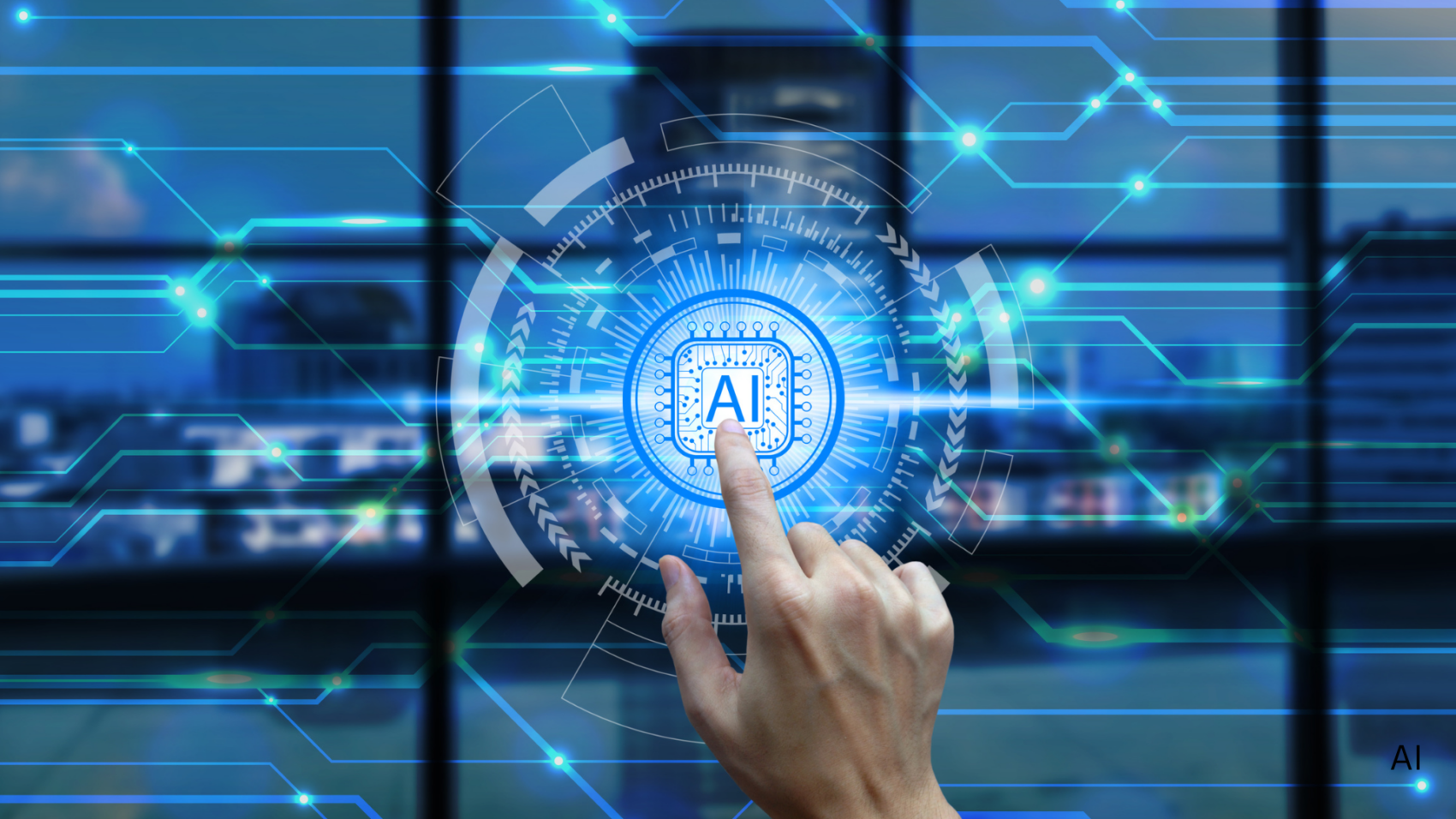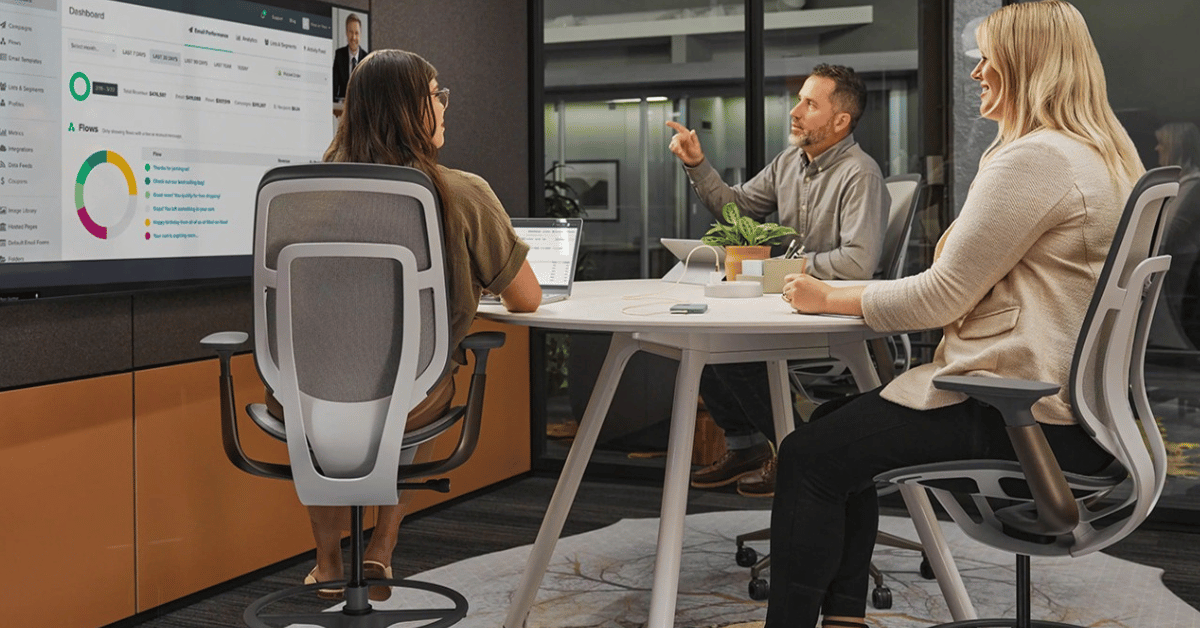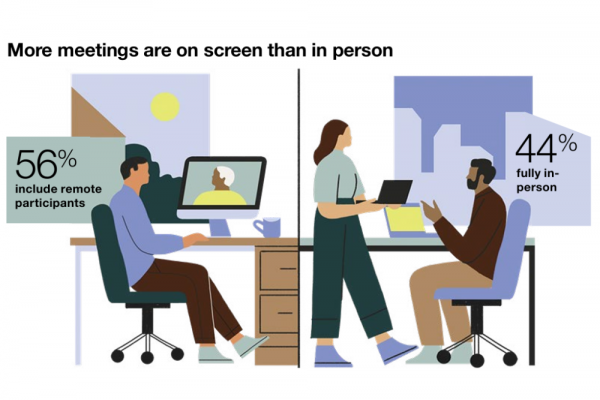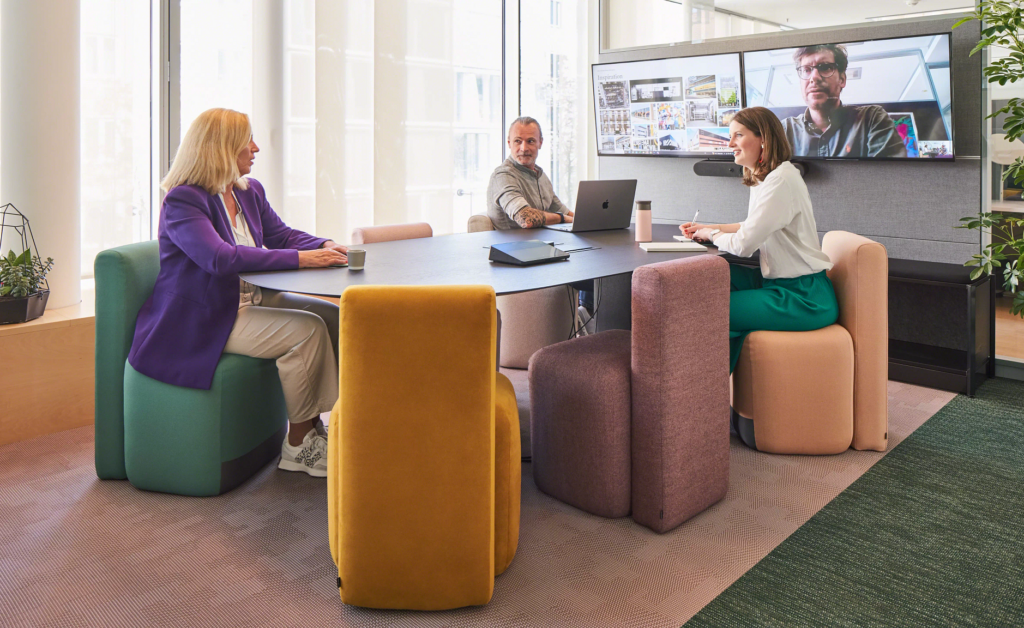This is the second article in our series exploring the four macro shifts reshaping the way we work. In our first article, we discussed Living on Screen—how technology has blurred the lines between our physical and digital lives. (If you missed it, you can read it here.)
Today, we’re diving into the AI Supercycle—an era of rapid AI adoption that’s already transforming workplaces. While many organizations are still figuring out their AI strategies, employees are embracing these tools to save time, enhance creativity, and streamline workflows. The question is: How can businesses keep up and create an AI-ready workplace?
Let’s take a closer look at what’s happening now and what steps you can take to stay ahead of the game.
AI’s Bottom-Up Revolution
AI is changing not just how we work, but what we do. New roles are emerging as companies refine their AI strategies. According to Microsoft’s 2024 Work Trend Index, there has been a 323% increase in hiring technical AI talent over the past eight years and a 28% year-over-year rise in “Head of AI” leadership roles. Organizations must rethink workforce planning, balancing automation with human expertise. AI thrives when paired with human oversight—people who can ask the right questions, input accurate information, and verify outputs.
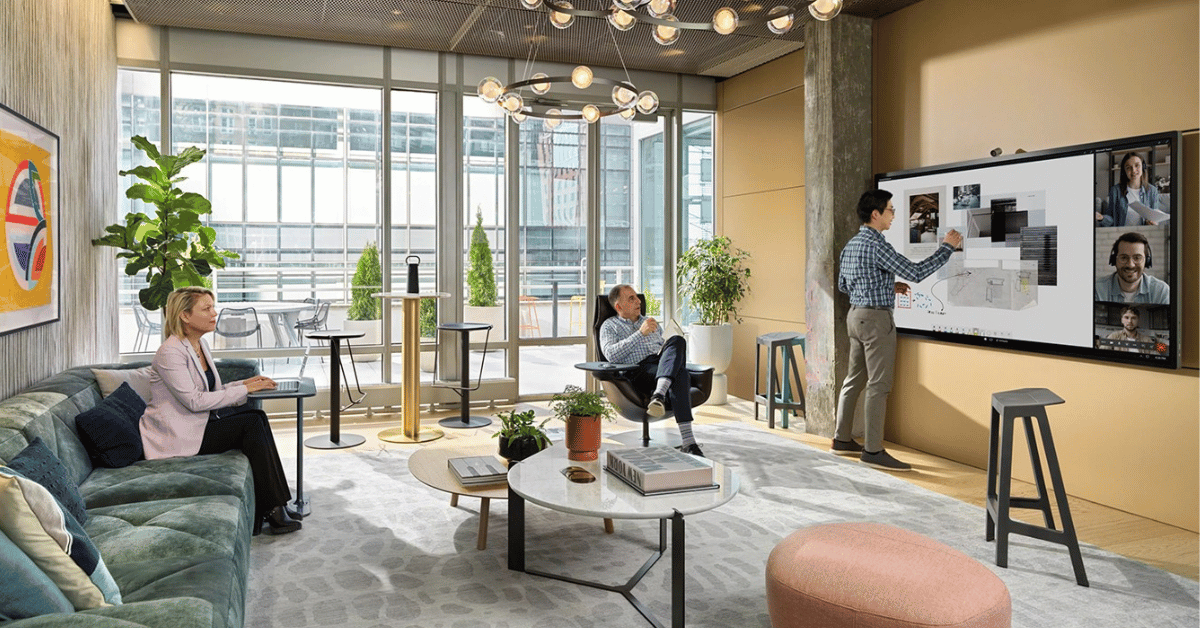
Designing for an AI-Enabled Workplace
To fully capitalize on AI, companies need to rethink how their workplaces function. This means adapting both physical spaces and company culture to support AI-enhanced work.
Tactical Ways to Get AI-Ready
- Enhancing Acoustics for Voice Interaction – AI assistants and voice-activated tools will become more common, making sound management a critical design factor.
- Creating Space for AI Assistants – Some AI tools, like Logitech’s Sight camera, need physical space to operate efficiently. Organizations must plan for these tools within their office layouts.
- Expanding Digital Displays – AI-generated content shouldn’t stay confined to chatbots. More digital surfaces will be needed to visualize AI outputs and enable collaborative decision-making.
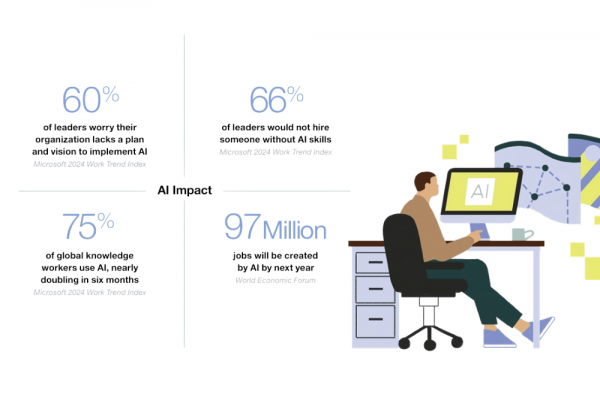
Strategic Ways to Get AI-Ready
- Amplifying Collaboration – As AI streamlines routine tasks, workplaces will need more collaborative spaces to refine AI outputs, ensure ethical AI use, and enhance decision-making.
- Investing in Upskilling – Employees are at varying levels of AI adoption. Creating dedicated learning spaces and peer-to-peer training opportunities will help bridge skill gaps.
- Designing for Flexibility – AI is evolving rapidly. Modular workspaces, mobile furniture, and adaptable layouts will allow companies to pivot as AI technologies develop.
AI-Powered Workspaces in Action
Organizations are already making changes to prepare for AI-driven work. Research from Steelcase reveals a 47% increase in adding power to social spaces, a 150% rise in boundary elements for privacy, and a 25% increase in flexible furniture in collaboration areas. These trends signal a shift toward more adaptable, AI-friendly environments.
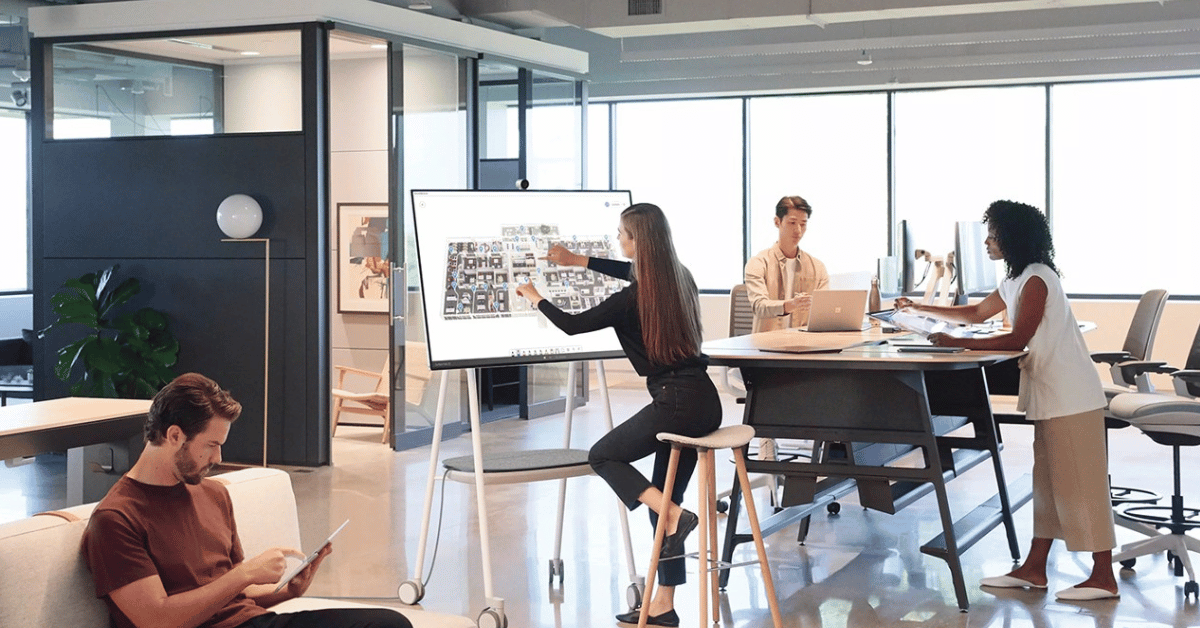
The Next Step in the AI Supercycle
The AI revolution isn’t just about technology—it’s about people. As AI reshapes work, organizations must create environments that balance efficiency with human connection. Designing AI-ready workspaces is not just an investment in technology but in the future of collaboration, creativity, and innovation.
Are you ready to embrace the AI supercycle? Now is the time to act.
*Research and article adapted from Steelcase

